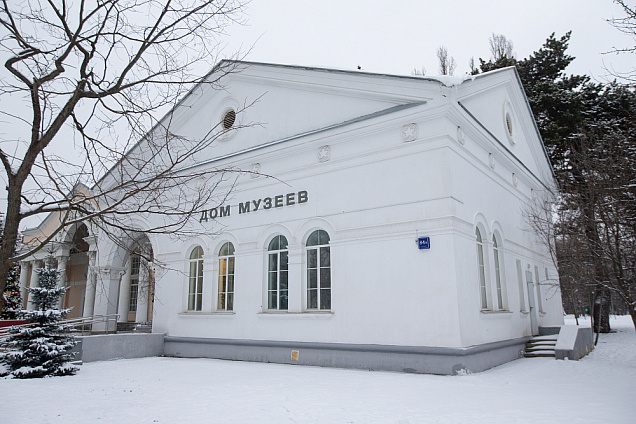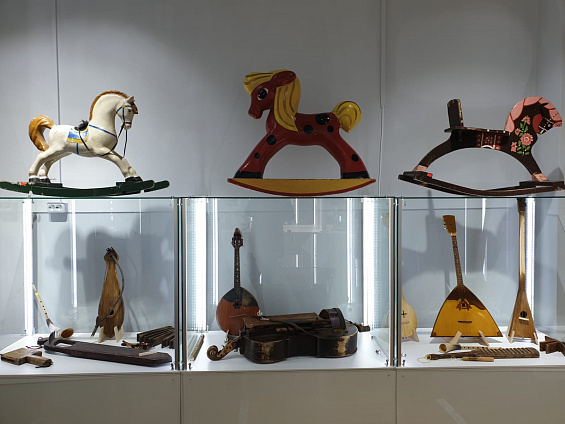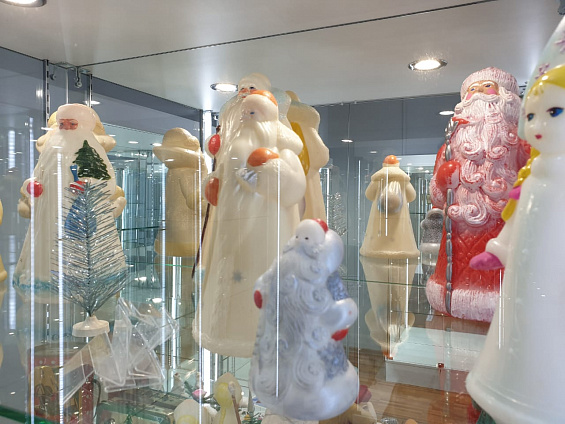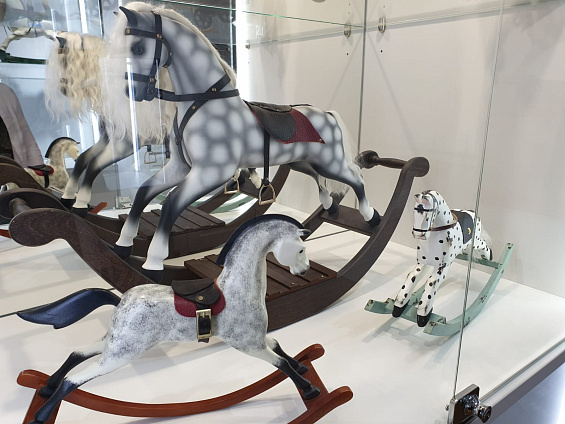An animal-themed exhibition titled Who Lives in the House of Museums? opened at VDNH's House of Museums on 27 October. The exposition features paintings and enamels, small sculptures, tin and glass packaging, works of decorative and applied art from private museums and collectors.
The exhibition will be open until 12 December. Visitors of the House of Museums will get to see an incredibly beautiful and diverse exhibition. It unites seven private museums and six collectors from eight Russian cities and settlements.
V. Yu. Orlov Museum from Yaroslavl and collector Ilya Sbruev from Krasnogorsk will showcase fun porcelain and faience creations for holiday feasts—jars, butter dishes, trinket boxes and other animal-shaped items from the late 19th–early 20th century.
The Donkey Planet Museum from Temryuk will surprise the visitors with genre porcelain compositions featuring donkeys, created by Italian, German, English and Japanese craftsmen. This includes statuettes from world-famous manufactories such as Capodimonte, Meissen and Gräfenthal.
Moscow-based collector Alexander Klyucharev will present his fish collection with over 200 exhibits. Paintings, graphics, works of decorative and applied art, household items and rare books are all united by the same theme that several generations of the Klyucharevs can relate to—many of them were avid fishermen.
Meshchera Museum of Wooden Architecture named after V. P. Groshev will demonstrate the possibilities of creative self-improvement. The exposition features sculptures made by renowned wood carvers such as Nikolai Getman, Svetlana Lobanova, Sergei Sokolov and Viktor Krestyaninov, as well as works by students from the museum's woodcarving studio for children in Spas-Klepiki.
Collector Yana Kozlova from Saint Petersburg will present a collection of Matryoshka dolls. The exhibition will feature both traditional toys and their alternative and avant-garde interpretations. Bears, hares, foxes, horses and cats live side by side with handicraft dolls depicting traditional Russian toys such as horses and roosters.
Collectors Igor Panchenko (Saint Petersburg) and Andrey Ushakov (Moscow) will present tin packaging from the 1950s–1970s. Notable exhibits include halva boxes from the Dogs in Space series and bottles from the late 19th–early 20th century shaped like bears, fish, a crayfish hugging a pike, as well as other animals.
Collector Olga Ryabtseva and Soviet Childhood Museum (Sergiev Posad) will help study the history of Soviet toys. Every visitor of the exhibition over the age of thirty will find a toy from their childhood: sawdust teddy bears, a plush donkey, a rubber crocodile, a celluloid penguin, a plastic hippo, a pressed sawdust giraffe, a plaster elephant, a plastic foam tigress with cubs, an inertia turtle and other exhibits.
The exposition by Alexander Bazarov and the Modern Russian Volunteering History Museum from Yushkovo Village (Belgorod Region) is dedicated to the history of volunteering. The collection features souvenirs from Winter Olympics in Sochi, themed merchandise, mascots of the Olympics, flags, coins, medals and much more.
Moscow's Museum of Dogs will share stories about the loyalty and self-sacrifice of our four-legged friends and use the Russian Society for the Protection of Animals (late 19th century) as an example to remind VDNH visitors who human's best friends are.
The International Creative Centre and the Emalis Museum of Enamel Art from Yaroslavl will display works by the centre's students and craftsmen, as well as creations of Russian enamel artists from the museum's collection.
Anti-coronavirus measures are still in force at VDNH. Visitors are expected to wear face masks and maintain a social distance inside the pavilions. You can learn more about the safety measures at VDNH here.



